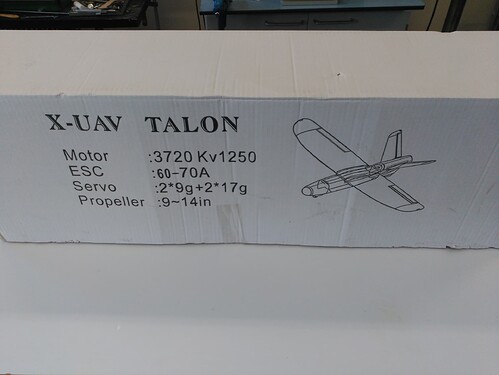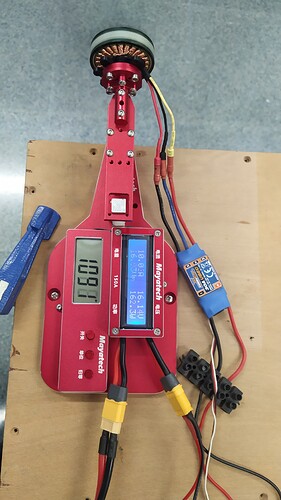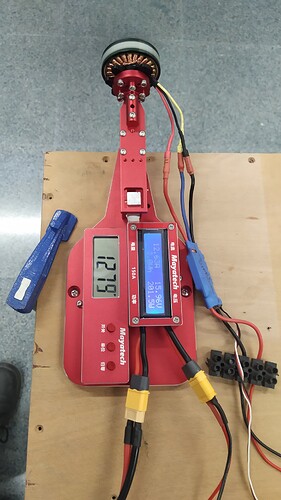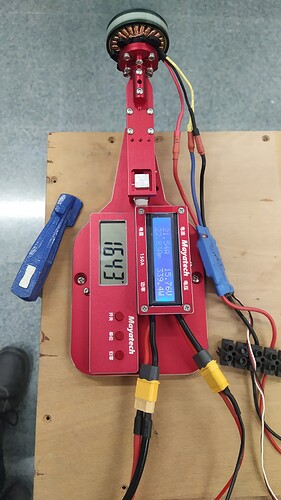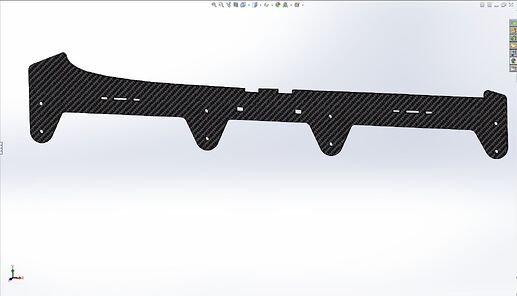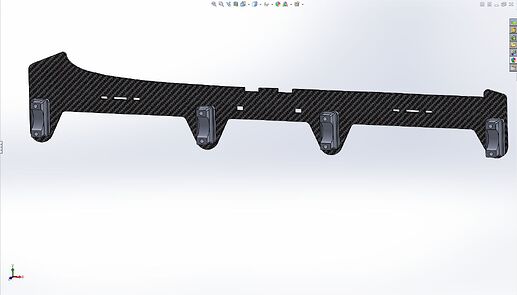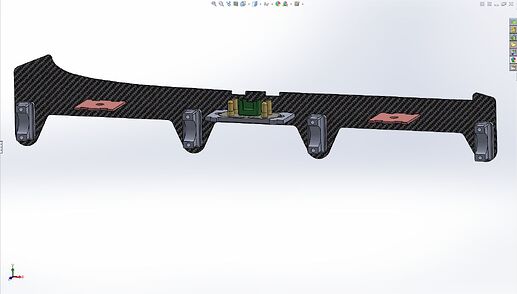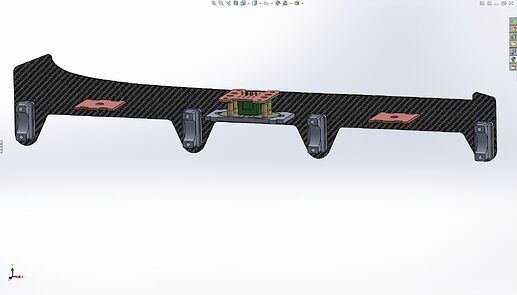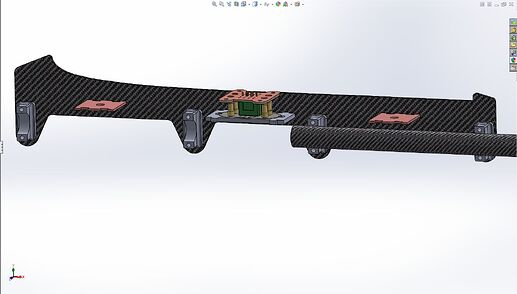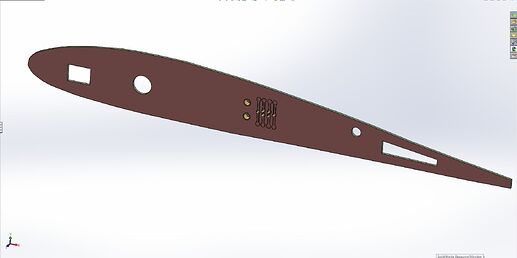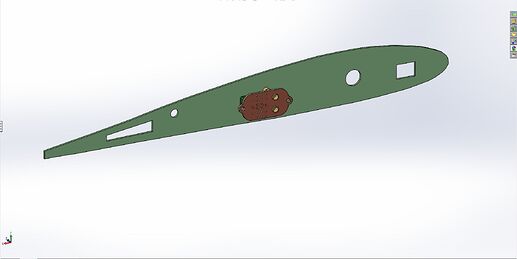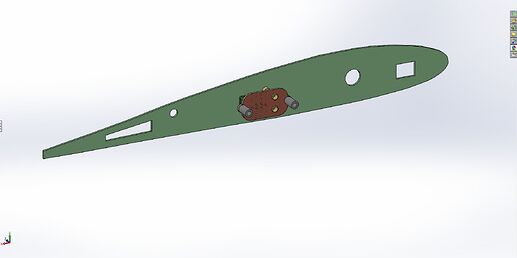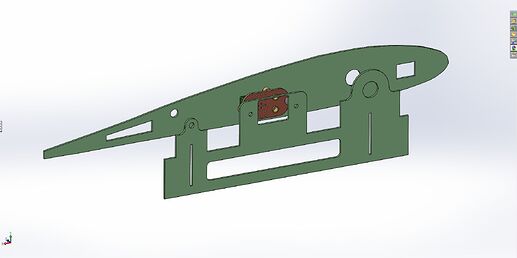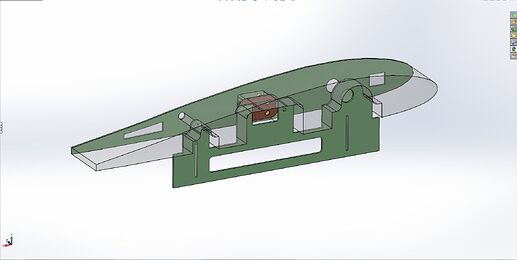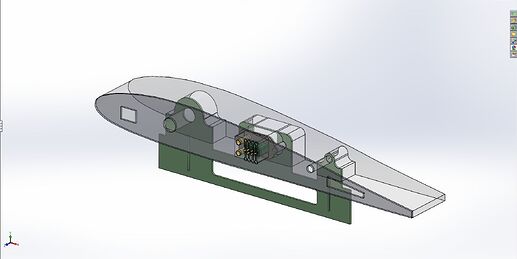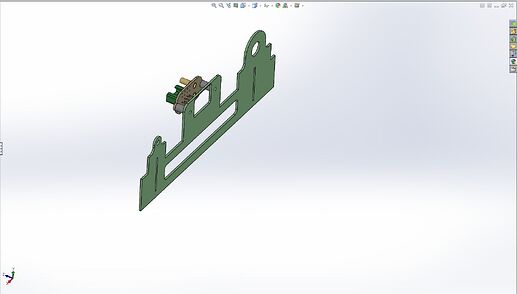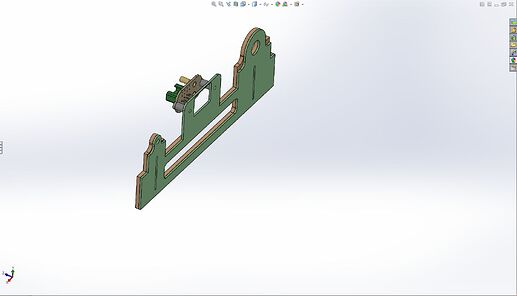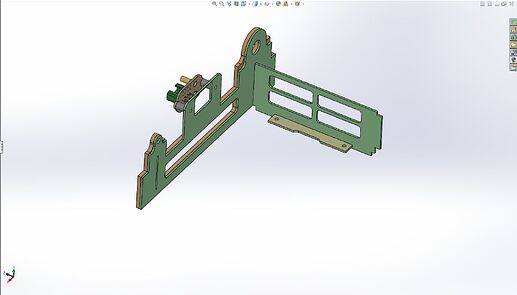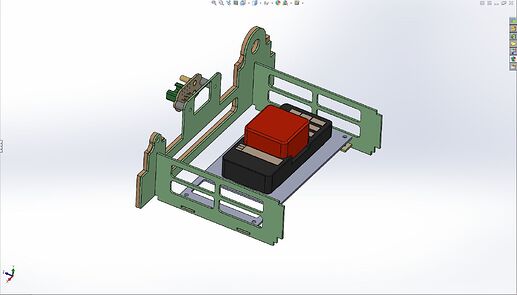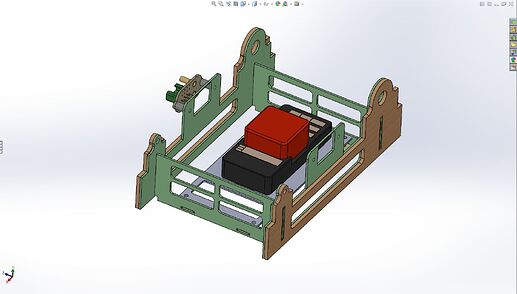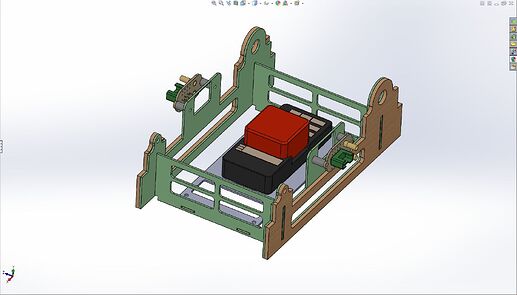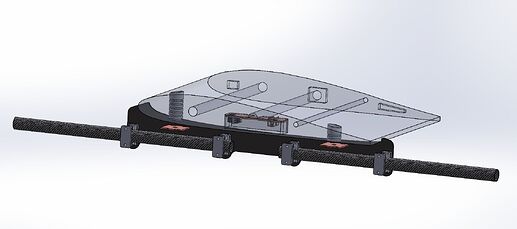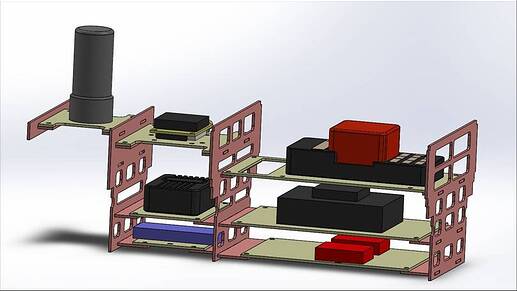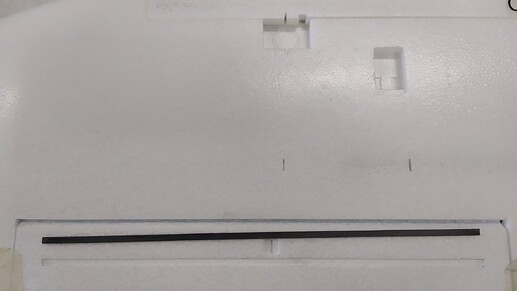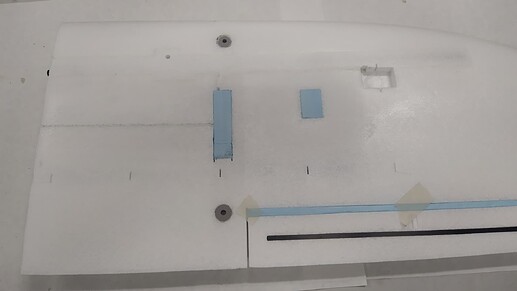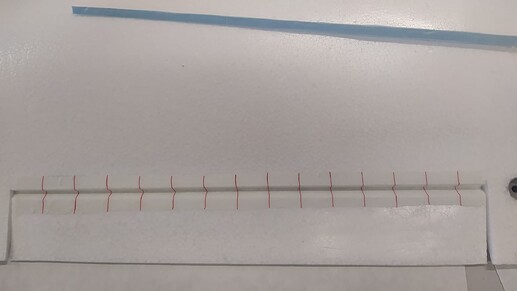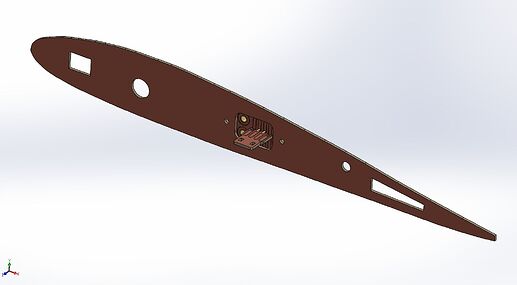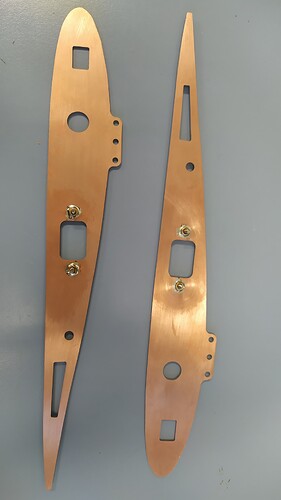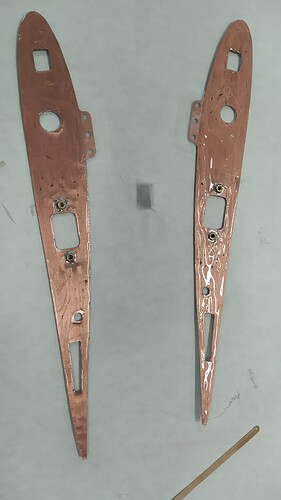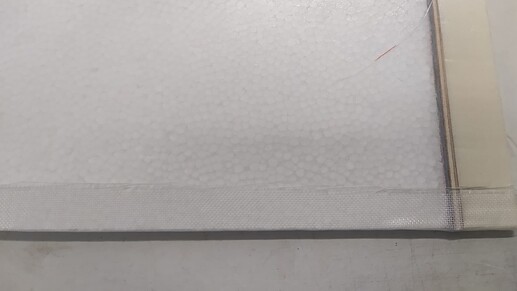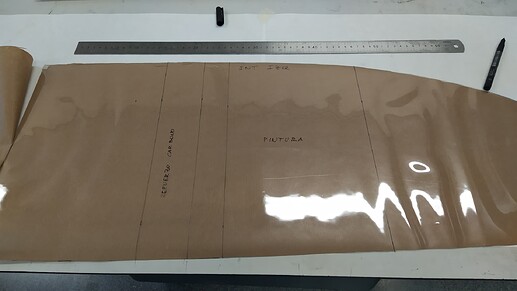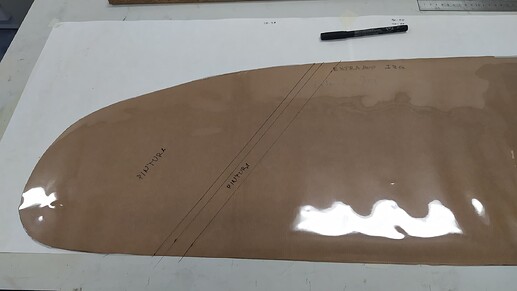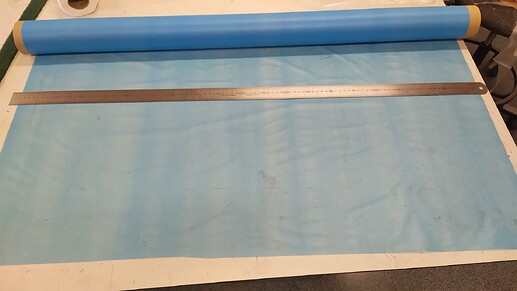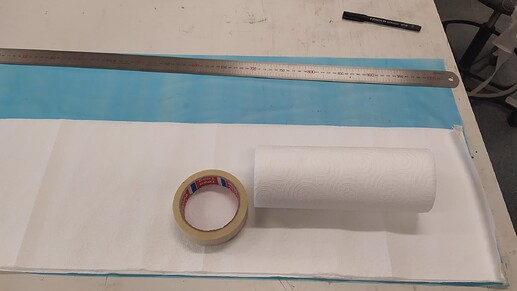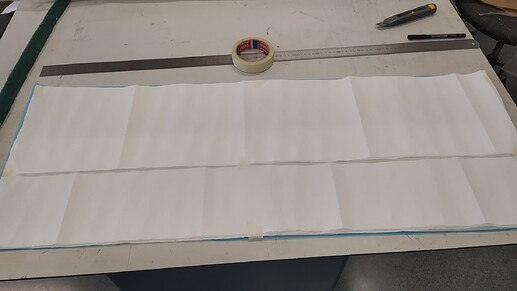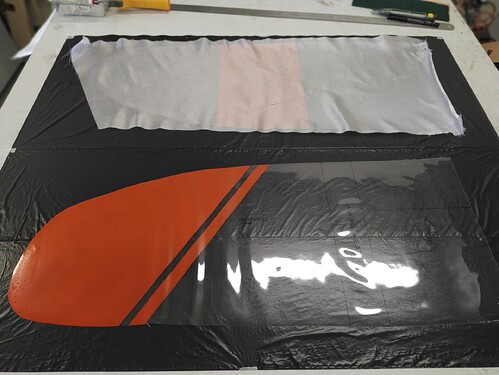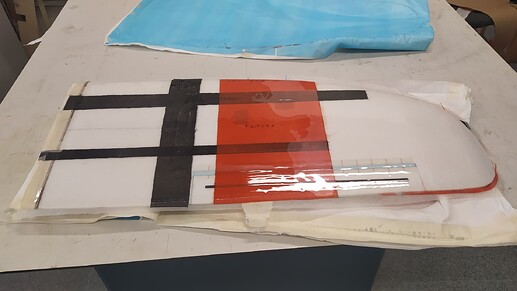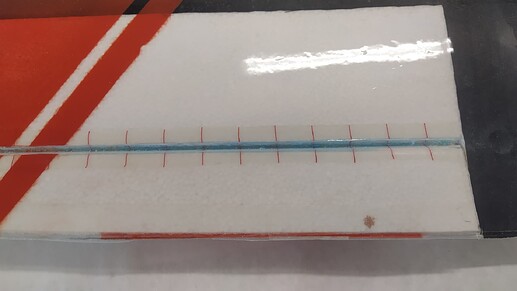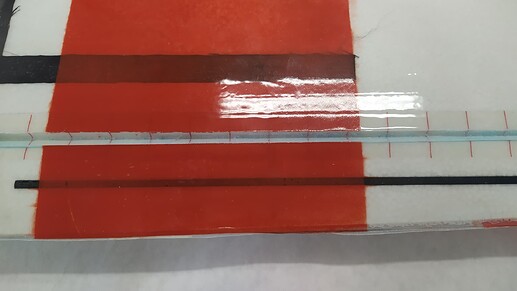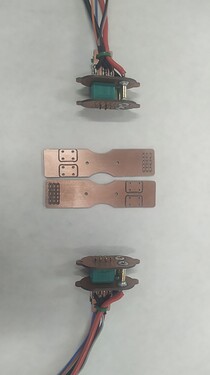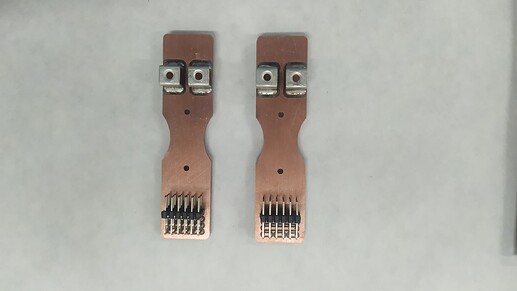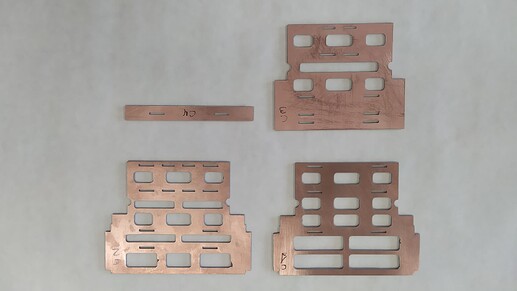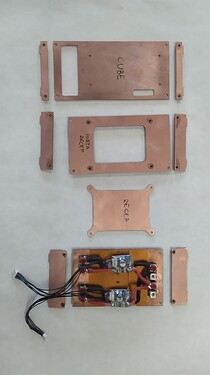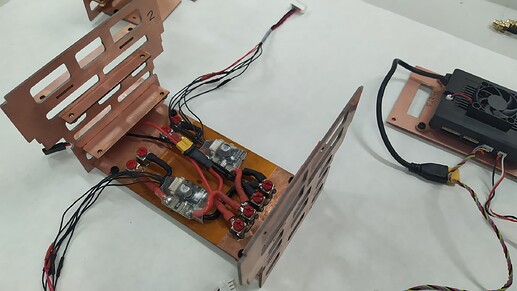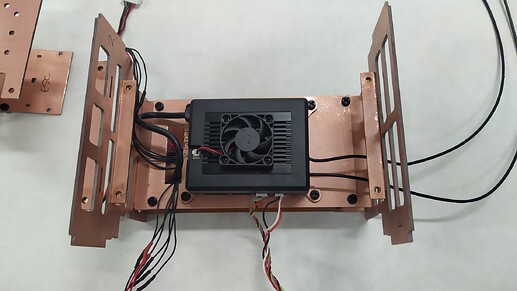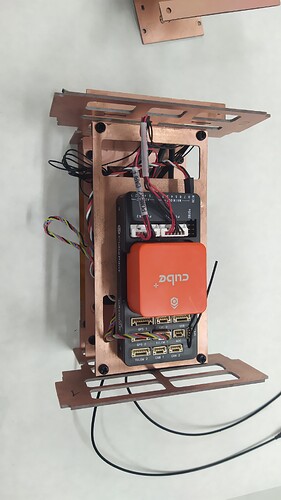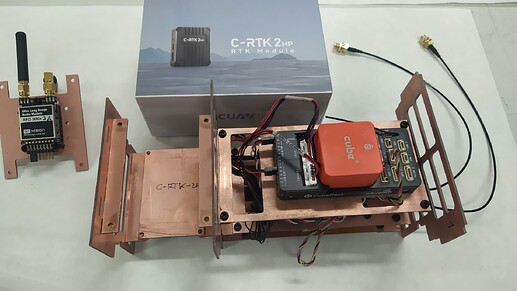Hello:
I’m going to convert a 1710mm wingspan Talon into a 4+1 VTOL.
I know it’s nothing new, but I’ll try to make it fly with Arduplane and without a bubble, and see what happens.
The maximum weight in flight according to the instructions is 3000 grams. Starting from this information, and looking at what I have in my drawers, I will carry out this project.
I will buy something such as the flight controller, the tubes to make the arms, the Quadplane motor mounts, connectors, cables, etc…
The Quad configuration will be type H.
I leave you a photo of the box.
I have done some tests on my new push bench.
The motor that will surely be used will be a 490 KV multistar.
For the tests I used a 4S battery of 10,000 mAh and 15C discharge.
The propeller for this test is a 13x5.5" multicopter propeller with the following results:
50% throttle
100% throttle
The propeller for this test is a 14x5.5" multicopter propeller with the following results:
50% throttle
100% throttle
With these results and the estimated weight of just over 3300 grams, we will design the arrangement of the arms in such a way that we can install either of the two propellers depending on the final weight of the Talon VTOL and the preliminary takeoff tests.
The power-to-weight ratio with the 13x5.5" propeller is 1:1.30
The power-to-weight ratio with the 14x5.5" propeller is 1:1.52
We start drawing.
All the best.
Raul.
